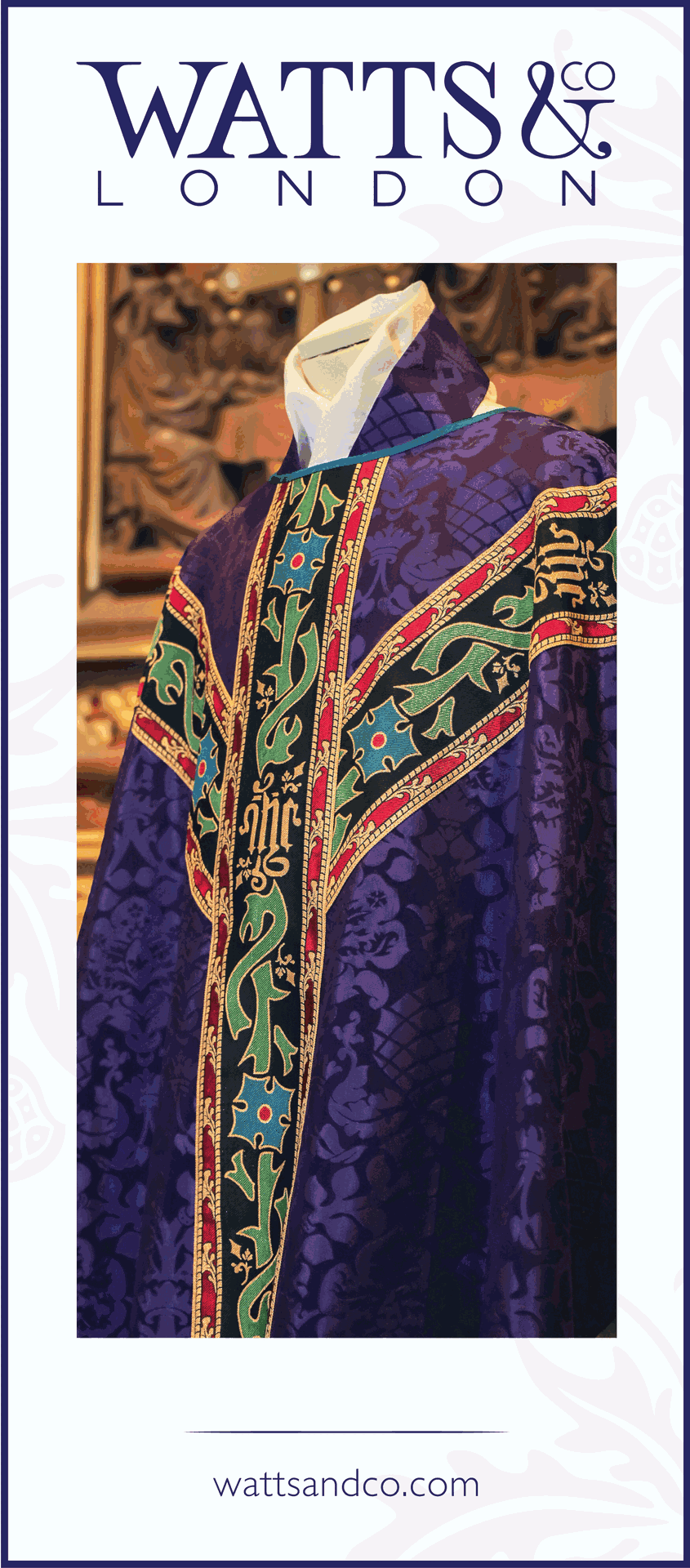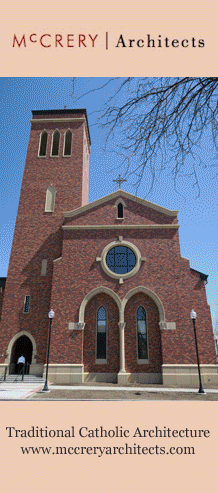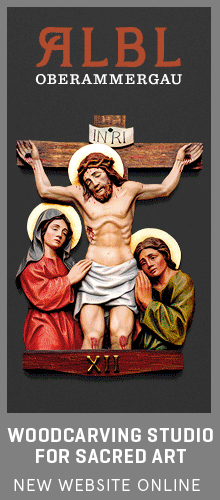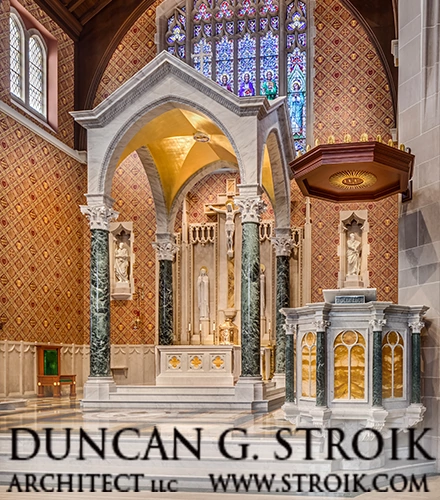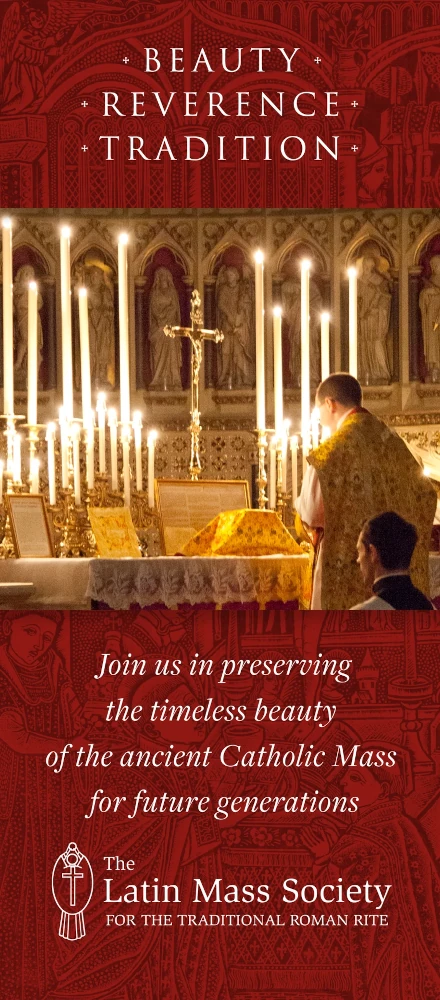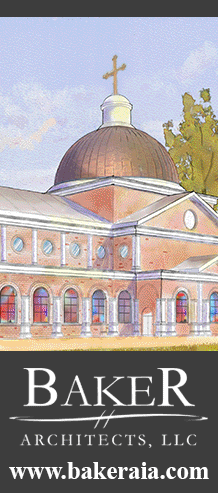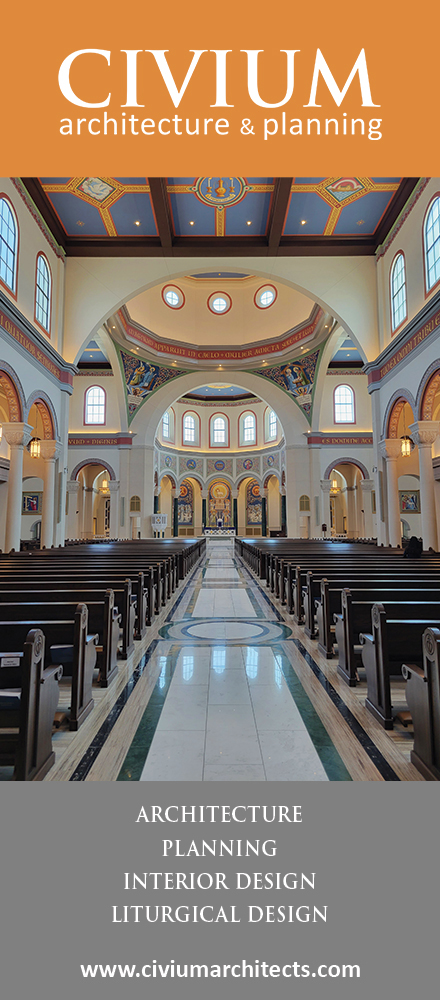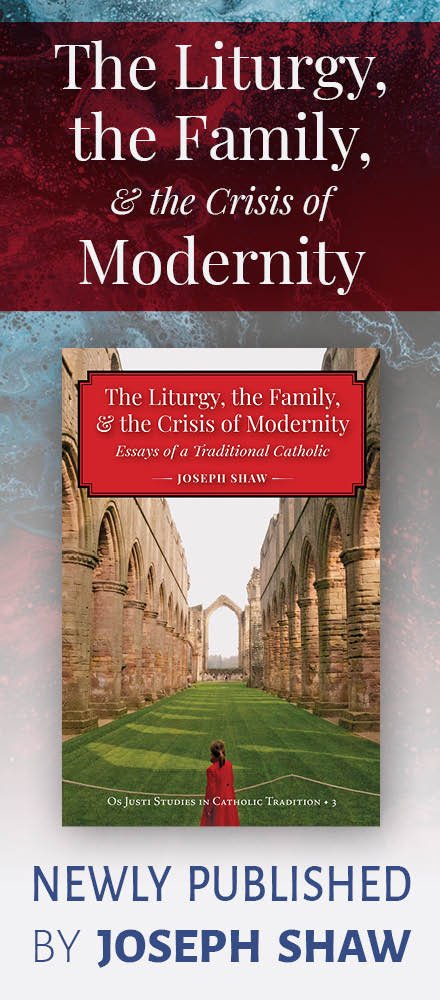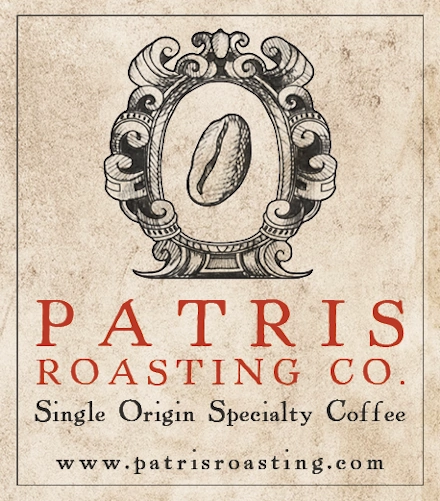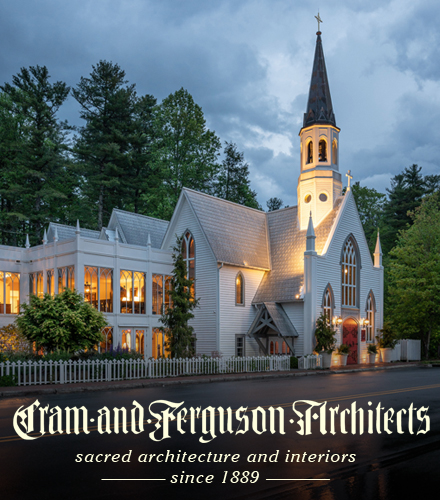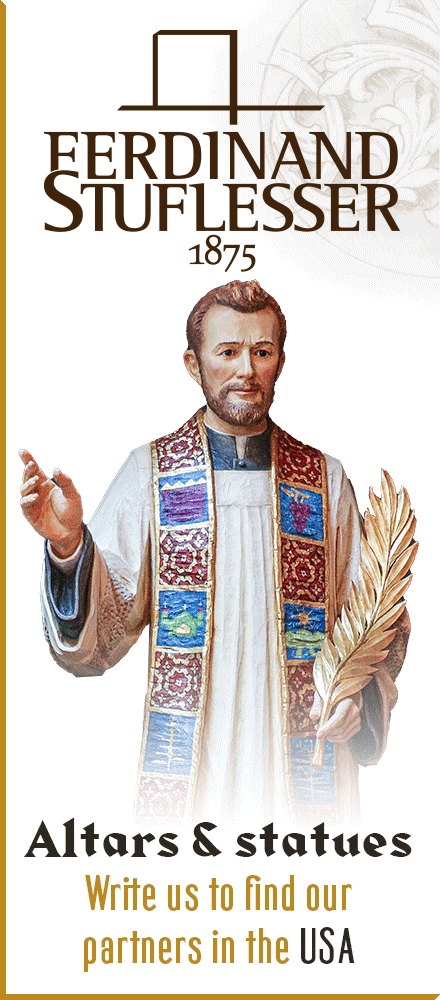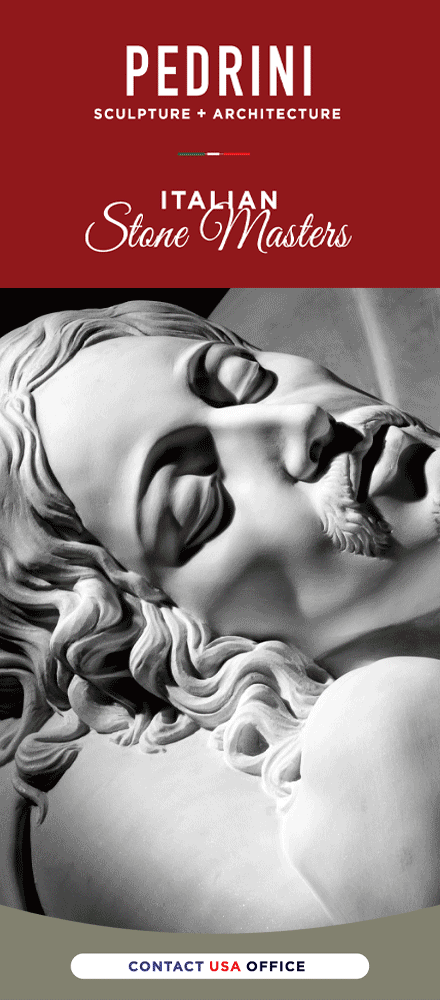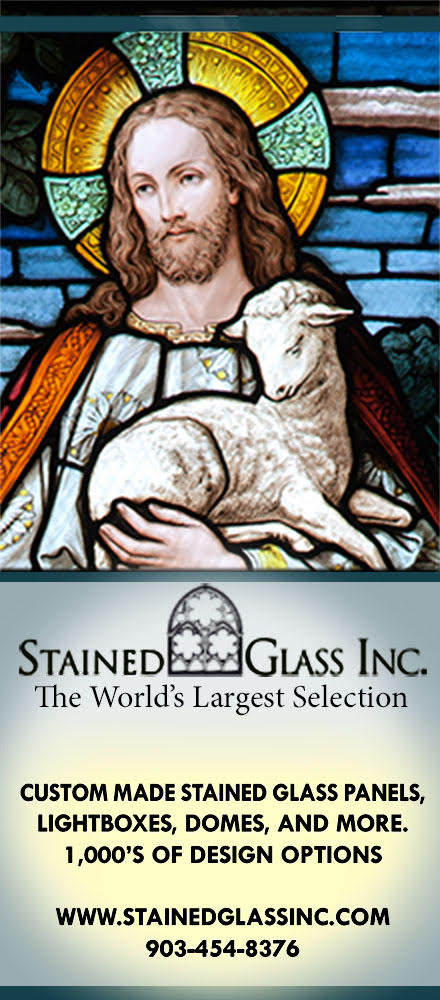[The NLM is delighted to have this interesting and challenging contribution to the discussion of the antependium/altar frontal by Dom Daniel Augustine Oppenheimer, Prior of the Canons Regular of the New Jerusalem. Fr. Oppenheimer challenges us to think about modern, even post-mediaeval, understanding of the liturgy -- inclusive of both the Tridentine rite and the modern rite. While bound to stir up some debate, the issues are well worth discussing and considering and they go well beyond the issue of the antependium. I thus thought it best to post it as a primary post. - SRT]
by Dom Daniel Augustine Oppenheimer, CRNJ
Prior, Canons Regular of the New Jerusalem
From Christian antiquity the altar has always been understood as symbolic of Christ Himself. In both the eastern and western Churches the altar has been the object of artistic embellishment for the sake of increasing faith regarding its holiness.
The antependium is an essential liturgical accoutrement whose absence form churches now is but one more sign of liturgical ignorance. I refer readers to Monsignor Gamber's book, The Reform of the Roman Liturgy: Its Problems and Background, for a variety of references to the altar and its appointments as a starter for understanding the value of the antependium. In the English edition (Una Voce Press, San Juan Capistrano, CA, 1993), Chapter XIII, "The Altar and the Sanctuary: Then and Now", page 121-135, appears a brief treatment of the cancelli (choir curtains) and vela (altar hangings) which developed at the very start of Christianity from the innate sense that "the mystery occuring on the altar had to be shielded from the eyes of men." The reason for this early development was that faith would be deepened by the mystery of "seeing" by the faithful's presence to what is veiled. In the west the use of these forms of veils in the sanctuary were largely discontinued in the face of the Baroque developments. The English Church had a particularly rich tradition of altar hangings resulting in such things as dossal curtains, riddle posts and their curtains, as well as antependia and pulpit hangings.
(Altar in the guest house attic at Ealing Abbey, London, England. The placement of this chapel -- in the attic -- dedicated to the English martyrs is deliberately reminiscent of hidden recusant Mass sites of English penal times. Note the posts and angels supporting three sides of curtains as well as the hanging pyx or ciborium, particular features of Sarum liturgical practise.)
On page 145 of The Reform of the Roman Liturgy Gamber comments, "While in the early Church the altar was intentionally shielded from view, albeit it with precious cloths and antependia, in today's church the altar is situated in the middle of the room, undecorated, exposed to the view of everybody." On page 150 he says, "In the early Church large mensa altars were uncommon. But even the mensa altars [small square altars - my comment], like the so-called modern block altars, were always covered with richly decorated covers extending over all sides and reaching down to the floor so that the altar's table shape was not readily discernible. During later times a decorated antependium made of wood or metal or other material was attached to the front side of the altar."
Historically, the altar was never been left unveiled until the corruption of liturgical understanding which yielded itself more and more in the Counter Reformation period. One of the depressing characteristics of modern liturgical ignorance is the counterproductive transparency of modern liturgical devices: the music, texts, patchwork ritual, but certainly the architecture and ecclesiastical decor in general. Not only are modern churches and their altars often ugly, their very nakedness invites one to disfaith, if I can be permitted the neologism.
(Modern Altar Missal illustration -- based on the manner of illustration appearing in medieval lay primers [prayer books] discussed at length in Eamon Duffey's book, The Stripping of the Altars)
Historically and liturgically, the altar is representative of Christ Himself, the reason it is perfumed at various points in the liturgy. Many persons attached to the "old Mass" are as lacking in liturgical formation and understanding as those who positively favor the new rites. The Christian Mysteries should be celebrated in more than an atmosphere of "holiness" - they should be experienced within a culture of a deepened Christian understanding of the liturgy, its history, its constituent parts, the unity of faith with faith's liturgical culture.
(A typically English altar in the Slipper Chapel at Walsingham. This is an example of noble simplicity)
In a word, I am happy after returning from CIEL 2006 to discover serious notice being taken of antependia.
In closing my commentary I would like to add a parenthetical comment made by Msgr. Gamber on page 123 of his book on the liturgical reforms: "The future will see only simple new church buildings, relatively small in size, buildings that from the outside will not be very prominent, while the interior will be well crafted and designed entirely for liturgical purposes. This building style will be similar to the basilicas of early Christianity, structures which from the street level did not stand out as buildings serving a special purpose, yet buildings with interiors that in a splendor of curtains and lamps, but above all through the precious decoration of the altar and sanctuary, created a suitable environment for the celebration of Mystery regularly taking place there."
The members of our Augustinian canonry in the suburbs of Saint Louis have built a place of authentic Christian worship by converting something as unimposing as a large suburban garage into a sacred place conforming perfectly to Msgr. Gamber's description.
(Altar of the CRNJ Oratory in St. Louis)
I ask the readers of this blogsite to make known our religious and priestly foundation where the classic Roman Liturgy is celebrated in full, with great respect for a holistic understanding of its tradtion. We are not merely concerned with Latin and the rubrics of the classic Roman rite, we are aware and sensitive to the culture of asceticism, the font for the spiritual and contemplative heart of true Catholic faith.

